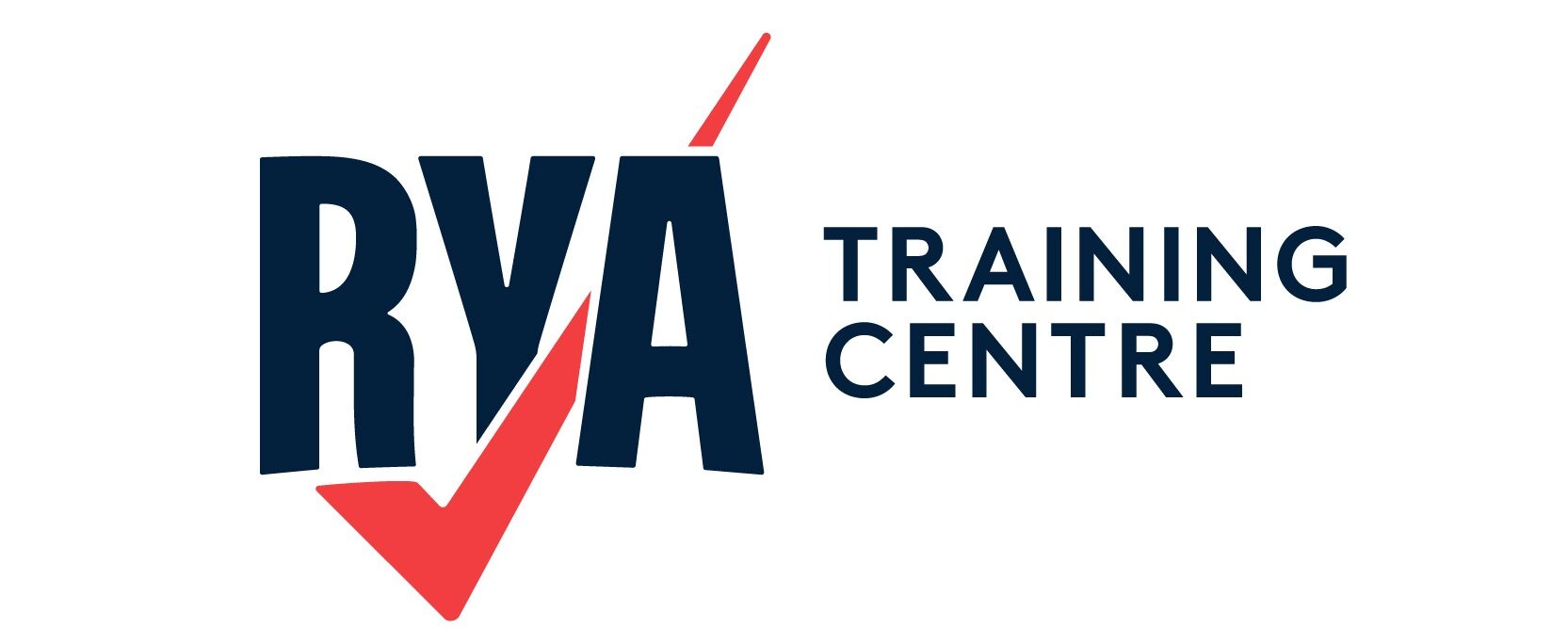Picking up a buoy under sail is a great skill to master and easily achievable with practice.
Rather than charging into a busy anchorage for your first attempt, make sure you have plenty of space in which to practice this manoeuvre. These will reduce stress and give you ample time to perfect your boat handling skills.
Why Pick Up A Buoy Under Sail?
In the unlikely event of engine failure you may need to pick up a buoy under sail, however, many skippers just enjoy using and practising their sailing skills. Whatever the reason, it is great to be able to perform this advanced manoeuvre.
How To Pick Up A Buoy Under Sail
The RYA teaches the following method of how to pick up a buoy under sail. There are four main steps:
1. Appraise The Situation
Some things to consider are:
- Do you have permission to use the mooring?
- What is the depth?
- Are there any hazards?
- How should you approach?
It is a good idea to consult an almanac or local charts for more information. Look around the anchorage at how other vessels are lying in relation to their buoys, and position your boat at a similar angle to your buoy on approach. If there are no other boats in the area then it is prudent to position your vessel down-tide or down-wind of the buoy. As you take a test run past the buoy, approach it and consider:
- What direction is the wind?
- What direction is the tide?
- How should you attach to the buoy?
- What is the actual depth?
- What is your escape route if the pick-up is unsuccessful first time?
2. Formulate A Plan
After appraising the situation, sail your vessel to a quiet and safe area to formulate your plan and brief the crew. Think about:
- What sail do you need to approach the buoy?
- Where to start your approach?
- What approach angle will you use?
- Where should the pick-up point be relative to the vessel?
- How do you control the speed?
- What should the speed of approach be?
- What is your escape route?
- Whether the crew use a boat hook or lasso?
- How will the crew tell you how far it is to the buoy, where it is, and when it is secure?
- Do the crew understand what is expected of them? Give them a full brief and confirm their understanding.
3. Execute The Manoeuvre
Once you have formulated the plan and fully briefed the crew, simply execute the manoeuvre. Monitor your speed, depth, angle of approach, and for any unseen hazards. It is better to abort and try again after re-assessment if you are in doubt about anything.
Remember if the appraisal and plan don’t work the first time, you can use your escape route and start again after re-apprasing the situation and re-formulating/briefing the new plan.
4. Review Your Position
 Once you are successfully secured to the buoy, check all lines are correctly fastened to the deck and buoy with minimal chance to chaff. Drop and fold away the sails and think about how long you are going to stay on the mooring buoy. Double check the depth calculation. If you have to pay for the mooring buoy then find out the procedure for payment.
Once you are successfully secured to the buoy, check all lines are correctly fastened to the deck and buoy with minimal chance to chaff. Drop and fold away the sails and think about how long you are going to stay on the mooring buoy. Double check the depth calculation. If you have to pay for the mooring buoy then find out the procedure for payment.
It is also a good idea to look at the other vessels around you, in order to assess what would happen if the tide or wind changes. You may want to set an anchor alarm and rig your lights and shapes if staying for an extended period. Review the manoeuvre with the crew and discuss what went well and what could be improved next time.
Finally, sit back, relax and enjoy the view! Have you got a good story to tell about picking up a mooring buoy under sail? Tell us on our Facebook page!



